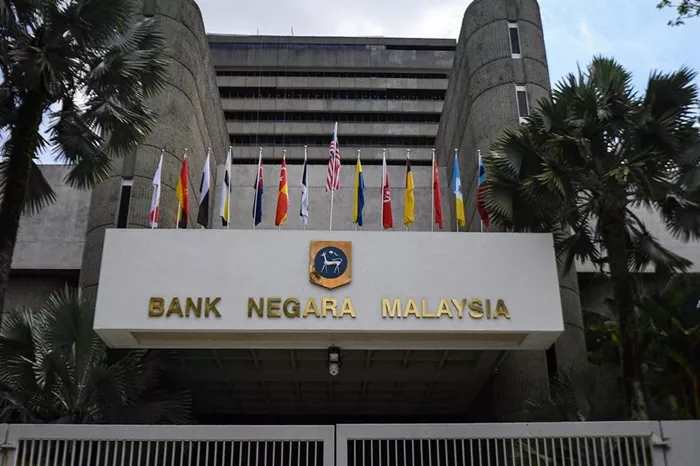Institutional investors, including insurers and pension providers, are stepping in to bridge the infrastructure lending gap that has emerged as commercial banks retreat from long-term loans due to stricter regulatory frameworks. This shift in lending dynamics follows the global financial crisis of 2008, which reshaped the infrastructure debt market.
Claus Fintzen, Chief Investment Officer for Infrastructure Debt at Allianz Global Investors (AllianzGI), explained to Insurance Asia that prior to the crisis, commercial banks provided around 90% of private infrastructure debt. However, the stricter regulations that followed the financial meltdown significantly altered this landscape. Today, infrastructure borrowers now routinely explore both the banking market and the institutional investor market when seeking new debt.
While commercial banks continue to finance the majority of infrastructure projects, institutional investors have increasingly taken on a larger share of the debt. Fintzen noted that infrastructure assets are particularly well-suited for insurers, given their lower volatility and default rates compared to other asset classes, which makes them an attractive investment in the current economic climate.
According to Infralogic data from March 2025, the global demand for infrastructure debt increased by 9.6%, reaching $518 billion (€457 billion) from the previous year. Of this, institutional investors accounted for approximately 27%, or $135 billion (€123 billion).
Despite a 21% decline in infrastructure financing across the Asia-Pacific region in 2024, the use of capital market instruments continued to rise. Bond issuance for infrastructure projects surged by 20%, totaling $66.5 billion, with renewable energy projects attracting the largest share of funding at $56.5 billion. The telecommunications sector followed closely, securing $50.5 billion in financing.
Overall, infrastructure remains one of the fastest-growing asset classes, with assets under management increasing by 19.7% annually since 2015, according to a June 2024 report by Boston Consulting Group.
The tightening of banking regulations under Basel III, along with reduced government spending, has led to a narrowing of traditional lending channels. As a result, institutional investors, particularly pension funds and insurance companies, have seized the opportunity, drawn to the stable and long-duration characteristics of infrastructure debt.
These investors are primarily attracted to the consistent cash yields that infrastructure debt investments offer. A report from the Global Infrastructure Investor Association revealed that only a quarter of G7 countries believe their national infrastructure projects are being delivered effectively, underscoring the need for private capital to support infrastructure development.
AllianzGI has actively deployed capital across a wide range of infrastructure projects, with its Infrastructure Debt platform—established in 2012—supporting over 160 transactions, including greenfield developments, acquisitions, and corporate financing.
Fintzen also pointed out that while Basel III reforms have made long-term infrastructure lending less appealing for banks, the lower risk profile of infrastructure debt is seen as an advantage by some regulators. This creates opportunities for insurers and other non-bank lenders to capitalize on the evolving landscape of infrastructure financing.
Related topic:
Ignyte Insurance Launches Global Specialty Platform to Accelerate Growth
HNW Life Insurance Takes Center Stage in Middle East Wealth Planning
Optio Finalizes Acquisition of Norwegian Specialty MGA S Insurance

















